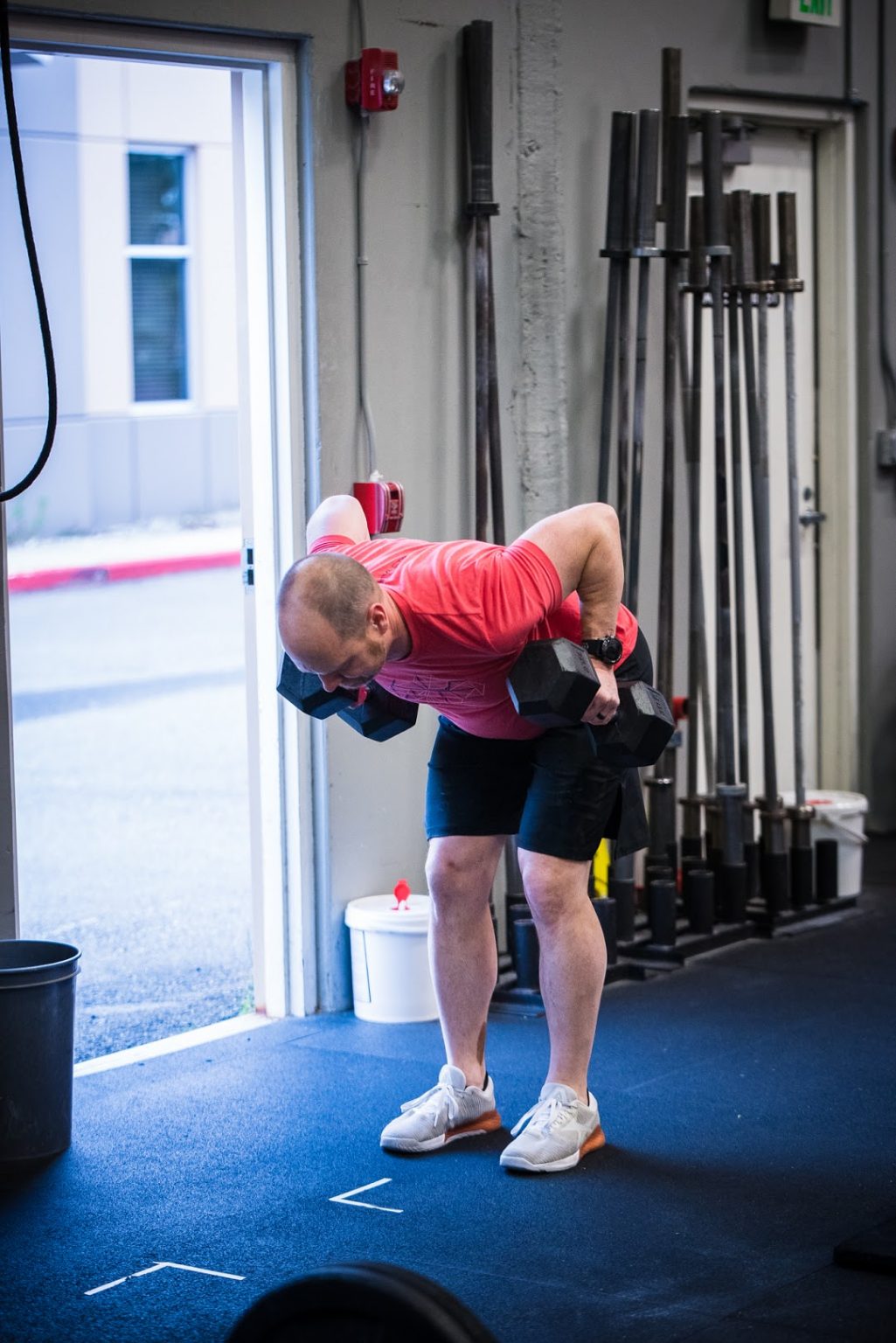
Grab the bar with a double overhand grip or mixed grip (one overhand, one underhand) if the weight is heavy. If you do this, you are too close or bending too much at the knees. You should not bump the barbell further away from you as you set up either. Your shins should make contact with the bar at the very bottom of your set up position and not before that time. You will find this position by bending down and grabbing the barbell. Each person will stop a certain distance away from the bar unique to them. Walk up to the barbell in a stance that is your normal walking gait. So, don’t kill yourself with too much volume as the lats are the biggest muscles of the upper body and will need ample time and resources to recover after being beaten down by conventional deadlifts. This lift can really tax the spinal erectors, lats and low back.

This lift builds the posterior chain of the back, glutes, hamstrings, and even the quads to some extent. There are nuances but ultimately the brutal simplicity of the lift is what makes it such a foundational exercise. Bend over and pick it up however you can. This is probably the first way many people learned how to deadlift because a barbell is the most common piece of equipment and one of the first exercises learned in most traditional gym settings. Let’s go through them to gather a better understanding of when and why you should use them in your program. All of them are effective but they all have their unique characteristics and particular ways to execute.

I could end this article right here but I’ll talk just a little bit more about the lift.

Everyone wants to pick heavy shit up off the ground.


 0 kommentar(er)
0 kommentar(er)
